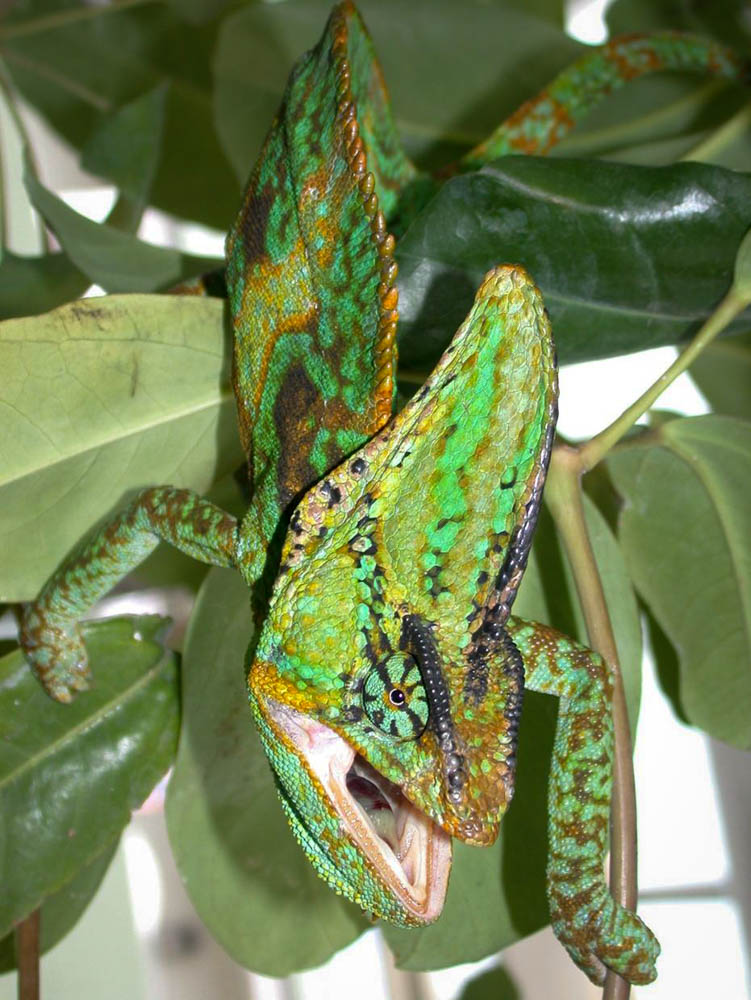In 2000, Forest and Kim Starr, biologists with the University of Hawaiʻi, accepted an unusual challenge: drive all the roads…
Read More
invasion curve
Stopping both global pandemics and biological invasions requires flattening curves.
In 2002, an unusually large and strange-looking chameleon turned up in a remote area of West Maui. The resulting media…
Read More


